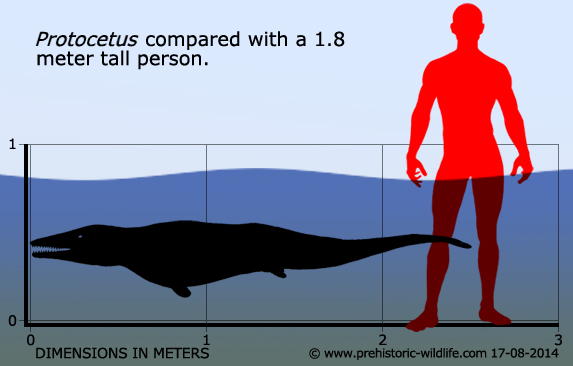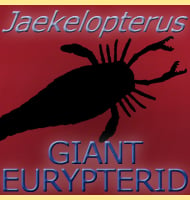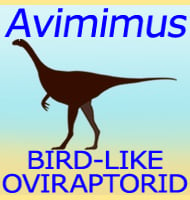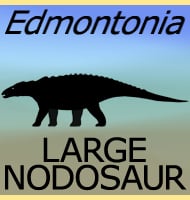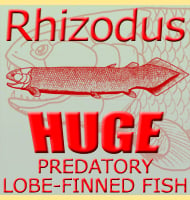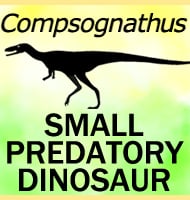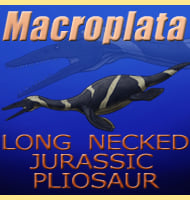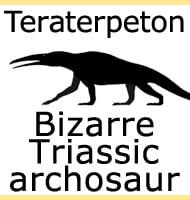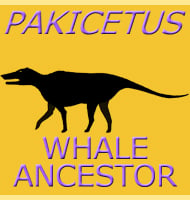In Depth
The change from a terrestrial to more aquatic life that began with Pakicetus through Ambulocetus continued with the further developments of Protocetus. The front limbs still had webbed toes, but the rear limbs were already greatly reduced in size to the point of them being vestigial. The caudal vertebrae towards the end of the tail also hint towards the development of a tail fluke that would have provided much greater push through the water than its ancestors had. The nostrils of Protocetus were also faced further back on the snout for easier breathing from the water surface. The ears are also best developed for working while underwater.
Protocetus was still a dedicated predator with jaws shaped into a long thin snout, ideally suited for quick opening while submerged since the narrow jaws would experience far less resistance as they moved through the water. The teeth at the frontal portion of the jaws were more suited to prey capture while the teeth at the back were more suited for slicing. Just like with terrestrial predators the back of the mouth is the best position for the actual processing teeth since they gain more benefit from being placed nearer the fulcrum of the jaw articulation because of the more direct force from the jaw closing muscles.
Protocetus is so far only known from earlier in the Eocene, but by the time the Eocene ended even better developed whales such as Dorudon, Zygorhiza and of course the gigantic Basilosaurus were all swimming and hunting in the world’s oceans.
Further Reading
– Neue Zeuglodonten aus dem Unteren Mitteleoc�n vom Mokattam bei Cairo. – Geologische und Palaeontologische Abhandlungen 6(3):199-220 – E. Fraas – 1904.
